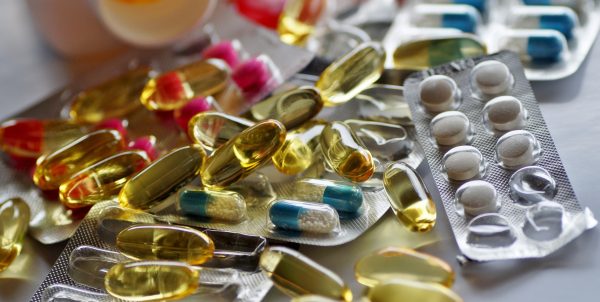Mapping unequal health care access in Charlotte

Your access to medicine, lifesaving COVID-19 vaccines and other pharmacy services might depend on what part of town you live in.
The Urban Institute recently updated the Quality of Life Explorer data maps to include several new metrics, one of which is particularly relevant as we enter year three of the global pandemic. “Proximity to a pharmacy,” exposes a lesser-known gap in our healthcare system exacerbated by COVID-19.
Pharmacies play a crucial role in promoting and protecting public health. Even before COVID-19, pharmacies provided access to medications for chronic, emergency or preventative care, as well as contraceptives, services like blood pressure testing, and maintenance care such as annual vaccines. Pharmacies are a primary channel for vaccine distribution and COVID-related care. Charlotte has approximately 202 pharmacies, including chain pharmacies, independent pharmacies, and those located within grocery stores — but not everyone has equitable access.
Proximity to a pharmacy
This new Quality of Life map suggests that proximity to pharmacy aligns with the historic “wedge and crescent” patterns of race, wealth, and economic mobility in Charlotte. Divested communities that lack access to resources are predominantly lower-income and disproportionately occupied by Black and Latinx residents.
Additionally, the COVID-19 infection and mortality rate for Black and Latinx people has been consistently higher than for White, Non-Hispanic people. In Mecklenburg County, there are disproportionately fewer Black and Latinx people vaccinated against COVID-19. Underlying social and health inequities put racial and ethinic minority groups at increased risk of getting sick, having more severe symptoms, and dying from COVID-19; thus, equitable access to a pharmacy is critical in improving overall health equity.
For up-to-date information about COVID-19 rates here in Mecklenburg County, visit the county’s data dashboard.
Proximity to low-cost healthcare
Another variable to consider in health equity is proximity to low-cost healthcare, which is represented by the percentage of homes within ½-mile of a Medicaid provider or free health clinic. Several areas that lack access to a nearby pharmacy also lack access to low-cost healthcare. This overlap leaves already vulnerable populations at a higher health risk.
Use of public insurance
The same communities that lack access to pharmacies and low-cost healthcare also are more likely to use public health insurance (Medicaid or NC Health Choice). Areas with a higher percentage of their population receiving public health insurance are also less likely to have close access to pharmacies.
Pharmacies fill a gap in the delivery of low-cost health services and medical providers who accept public health insurance. Since Black and Latinx individuals are already disproportionately affected by COVID-19 and face higher rates of contracting the COVID-19 virus and mortality, it is especially critical that they are getting the care that pharmacies provide — care that is now being neglected due to the absence and lack of accessibility to pharmacies and their services.
As Charlotte and Mecklenburg County seek to remedy longstanding inequalities — providing more affordable housing, increasing access to fresh groceries, creating a more equitable transportation system — it is important that we not ignore this pharmacy access gap.
Mary Louise Orr Wilson, Malia Suhren, Margaret Phipps